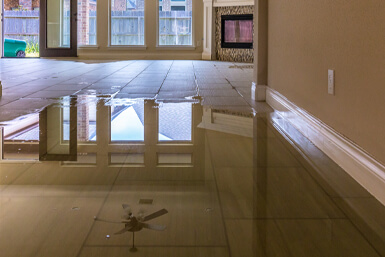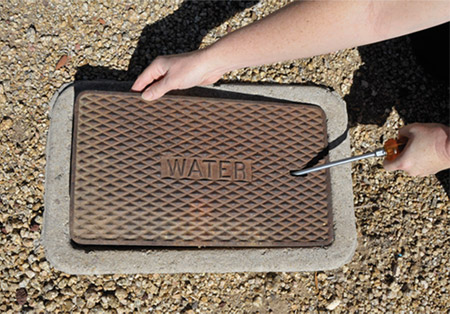
When water rushes in, it’s easy for panic to ensue. A flood, big or small can be overwhelming and devastating, making it hard to know where to start. Whatever the source — natural disaster, leaking pipe, backed up sewer, or broken sprinkler line, water can wreak havoc on your home and your family, putting people and assets in danger. How you respond to a water crisis is critical, and time is of the essence. In addition, to having a trusted partnership with a restoration company like Carpet Tech, take a look at these best practices and emergency tips so you can take swift, level headed action in the care of a flood.

#1 ALERT RESOURCES
Alert local fire and police departments. Contact a qualified water damage restoration contractor like Carpet Tech. Having a trained and certified restoration company on your side from the beginning will help coordinate everything necessary with you and your insurance company to get you back to your pre-loss condition.
#2 STOP THE WATER
If possible, stop the source of the water. Turn off your outside water main, or contact a qualified party to stop the source of water flow. Locate the source of the water and shut off any supply valves. If there are winter weather conditions, take necessary action to prevent your plumbing and/or heating supply pipes from freezing.

#3 TURN OFF ALL POWER
Electricity presents the greatest danger. There is a risk of electrical shock if the water meets an electrical source, so be sure to shut off the power if there is any question. Disconnect all power to affected areas. Do not operate any electrical appliances while standing on wet carpets or floors (especially if concrete). Look for water coming through light fixtures or electrical boxes. Do not allow wet materials or surfaces to come in contact with any electrical source.
#4 RELOCATE VALUABLE CONTENTS
Remove any paintings, art objects, computers, and other valuable materials to a safe, dry place. Do not leave books, newspapers, magazines, or any other colored items on wet carpets or floors. Keep a list of any items you discard and a record of receipts for any expenses you incur in protecting your property.

OTHER DOS AND DON’TS
Until help arrives, you can also follow these helpful suggestions to mitigate damage and preserve your property.
Ceilings: Punch small holes in sagging ceilings to relieve trapped water. Place a plastic (not metal) bucket under the leak. Do not turn on ceiling light fixtures or fans if the ceiling is wet.
Carpeting/Floors: Blot wet carpet with clean white towels. Remove Oriental rugs or other colored rugs from the wet wall-to-wall carpet. Remove as much standing water as possible by mopping and blotting. Do not use your household vacuum cleaner to remove water.
Furniture: Place plastic bags, foil, or wooden blocks between the legs of the furniture and the wet carpet. Use wooden clothespins to keep furniture skirting off damp floors, and wipe any residual water off of the furniture.
Upholstery/Drapery: Remove and prop up wet upholstered cushions for even drying. Hang draperies with coated hangers to avoid contact with wet floors or carpeting.
Clothing: Move wet items to a dry place. Open and empty drawers and cabinets for complete drying. Hang furs and leather goods to dry separately at room temperature.
No one wants to deal with flooding in the home, but being aware of your resources and some of the practical do’s and don’ts of this emergency situation can help save your property and your sanity. We hope you never need us to help restore your home after a flood, but if you do, Carpet Tech is available 24 hours a day, 7 days a week at our hotline 1-888-343-9650.

